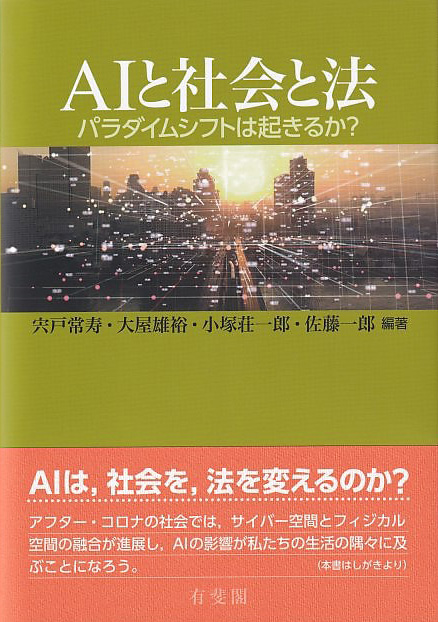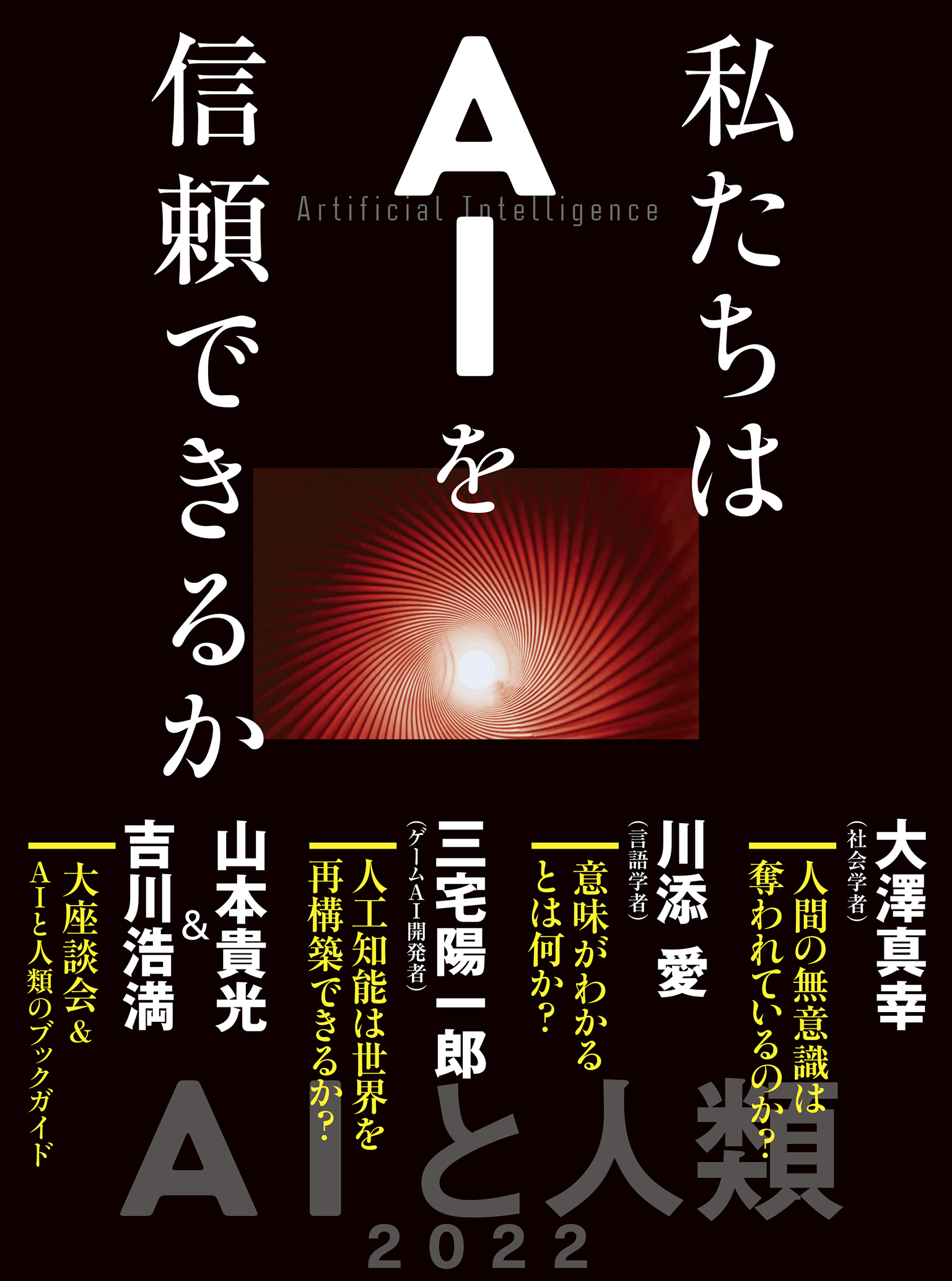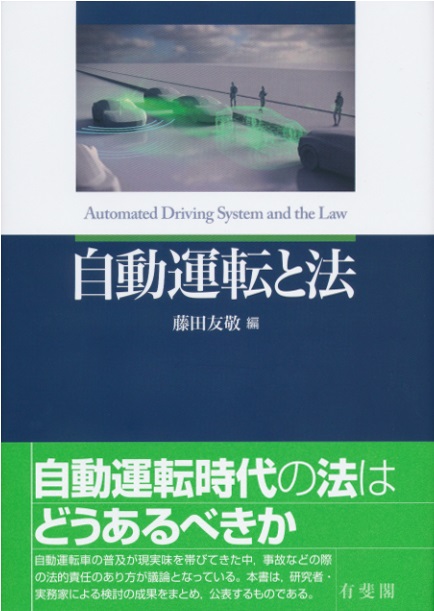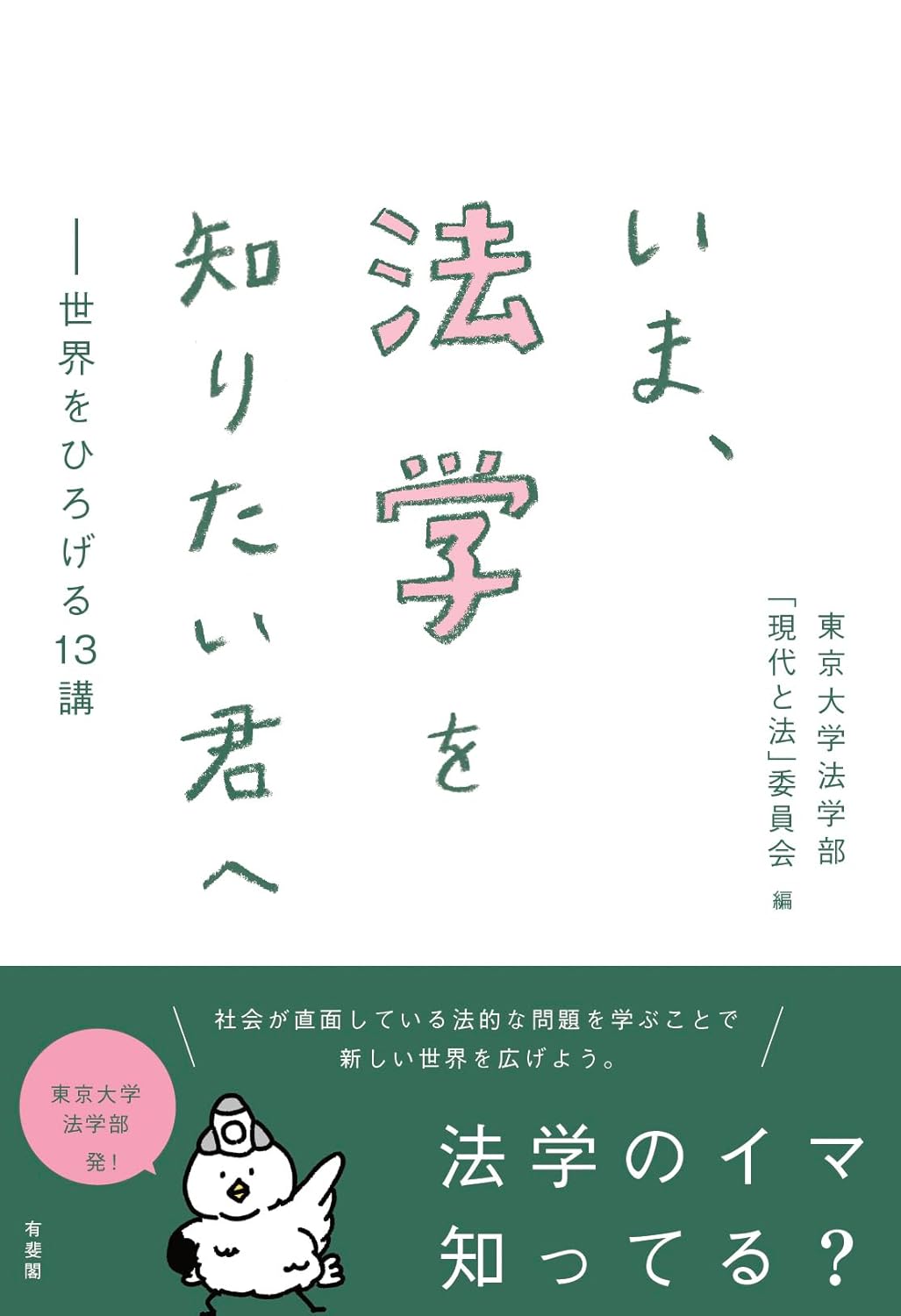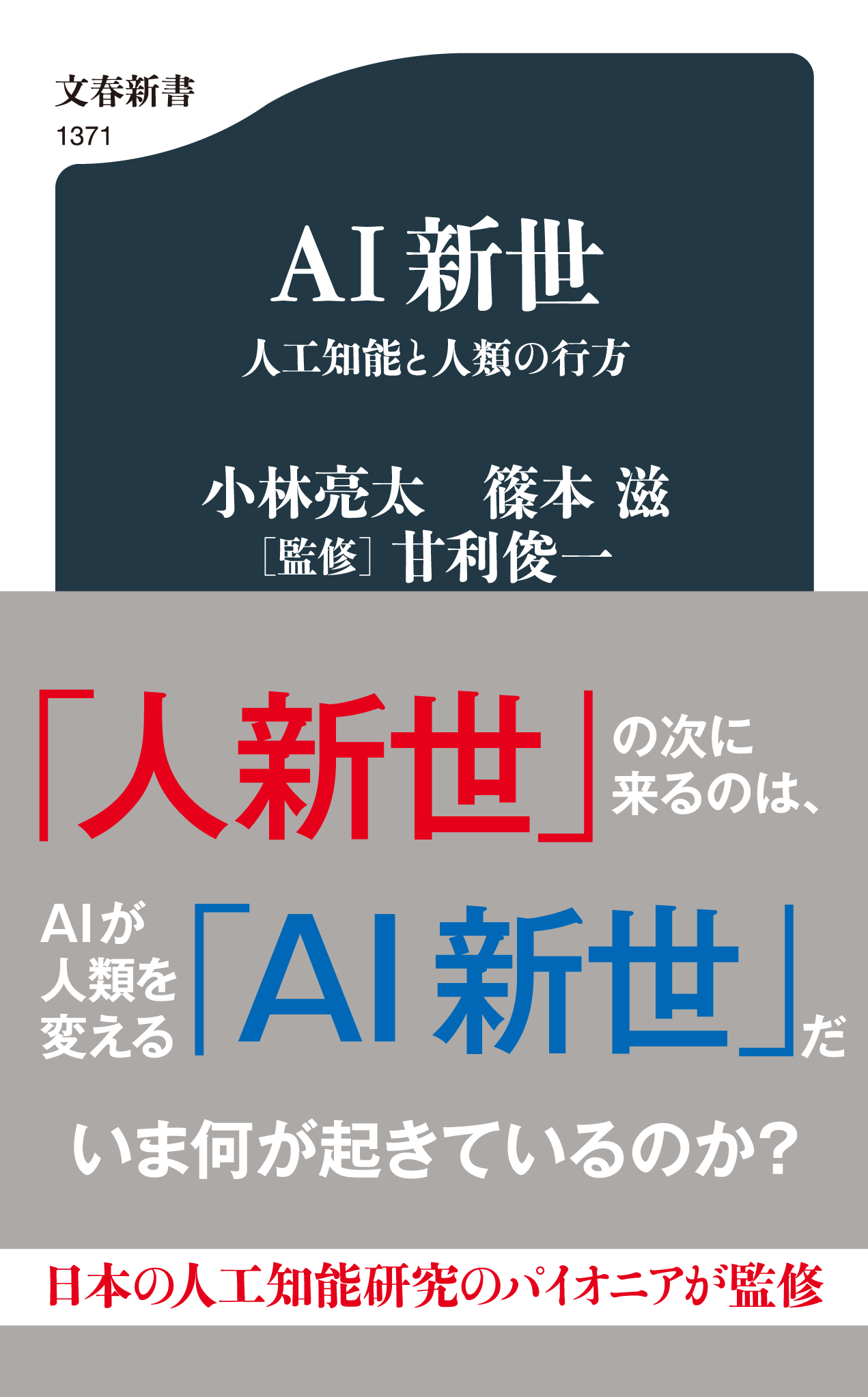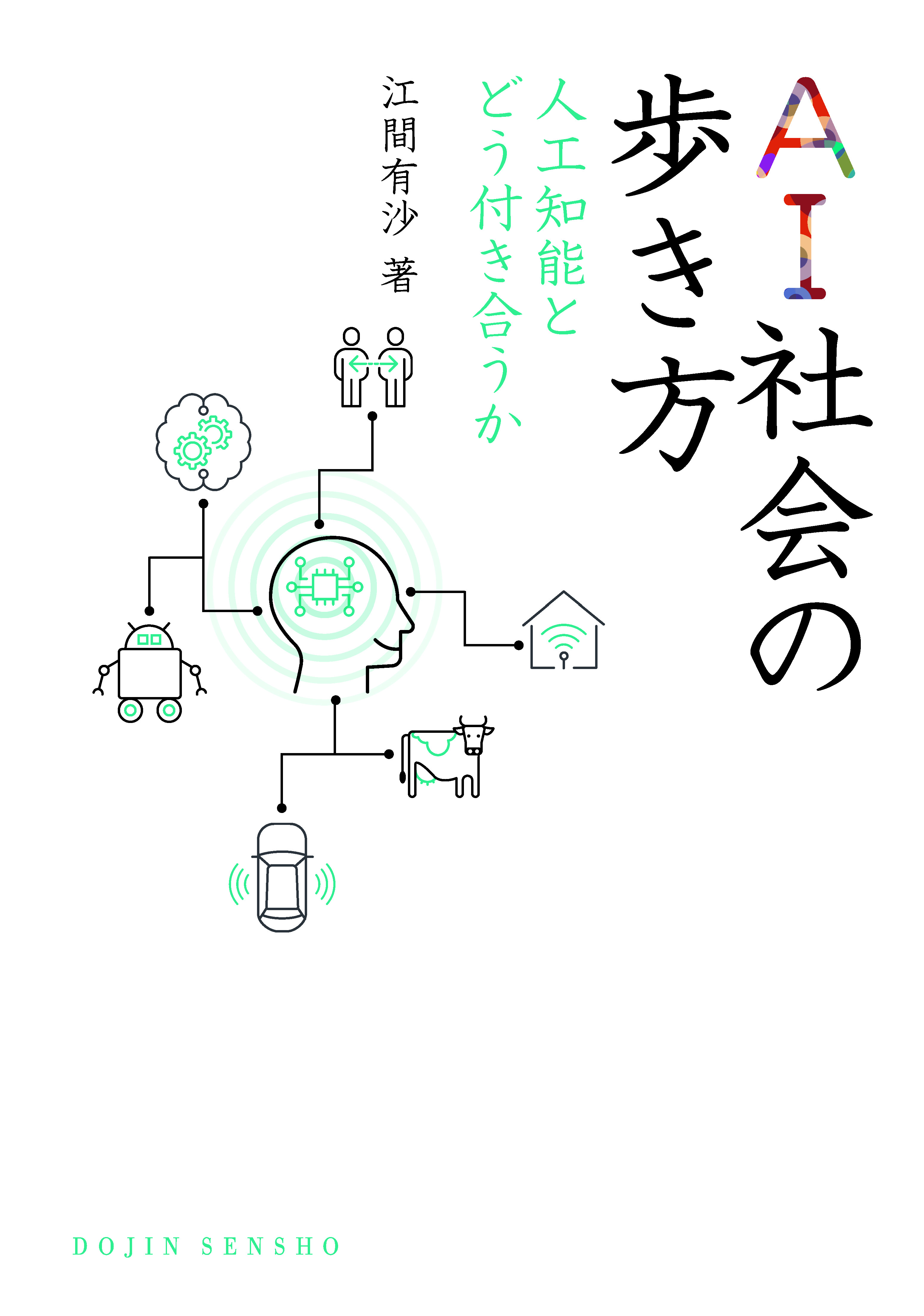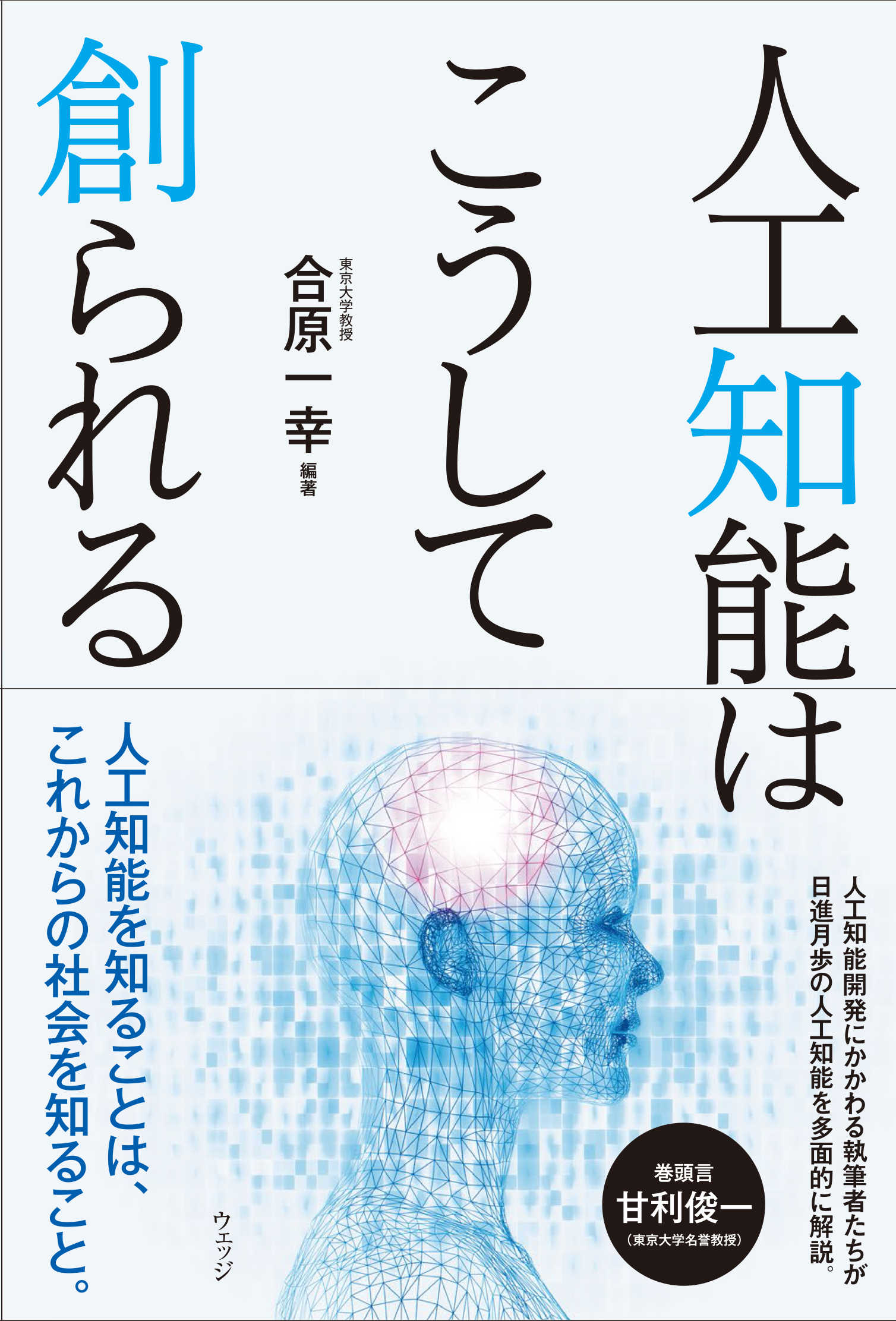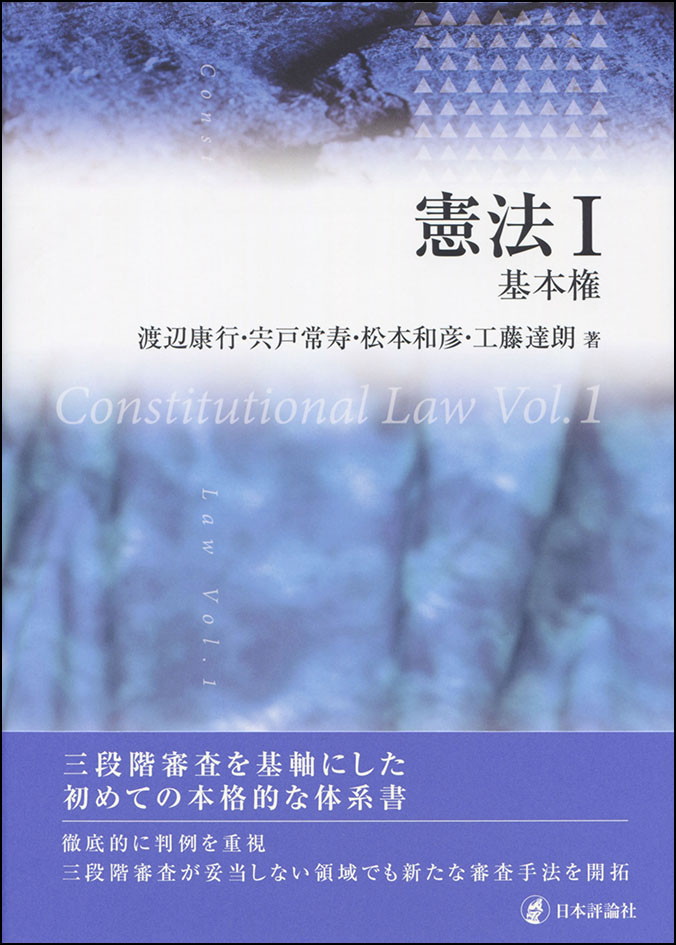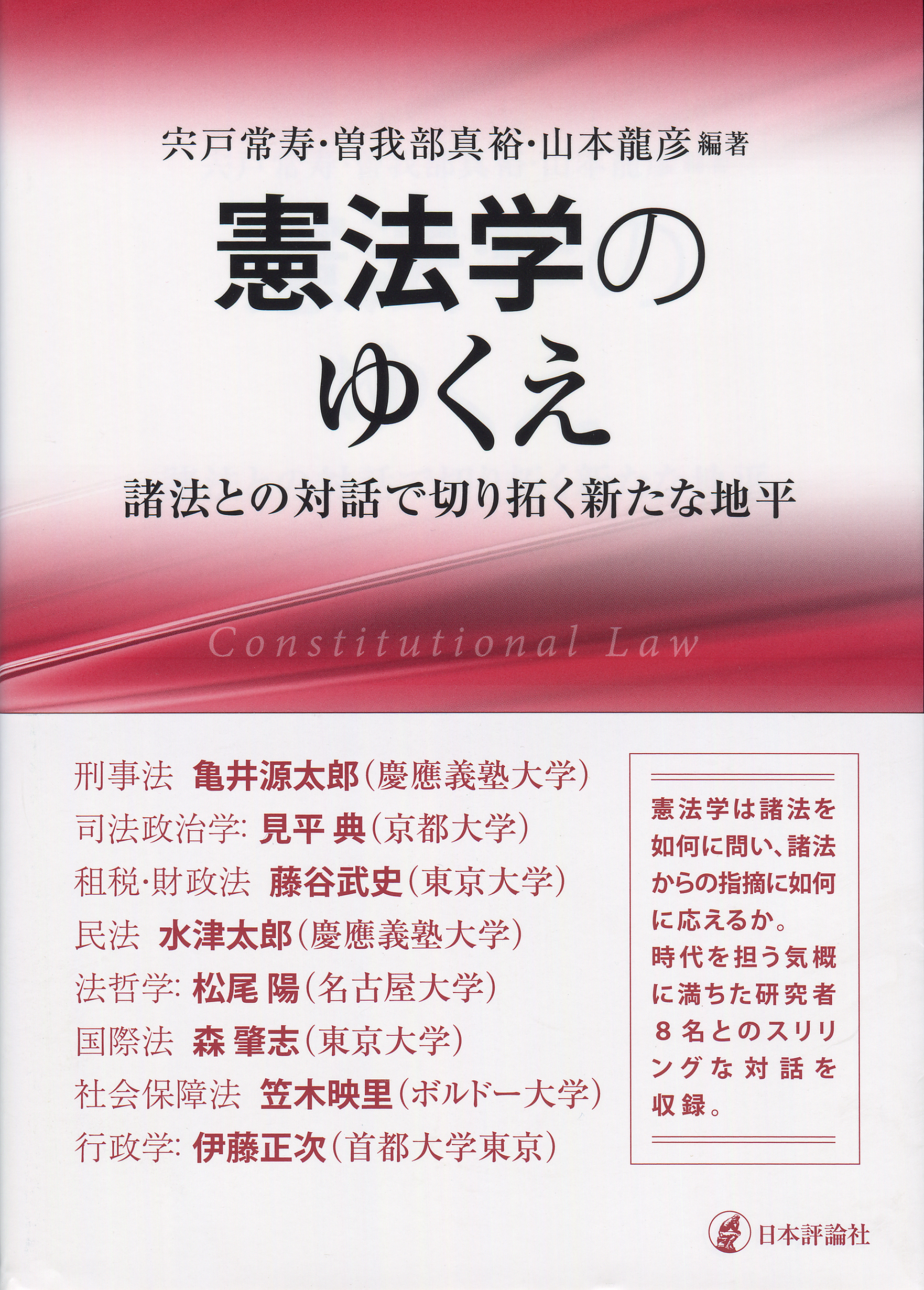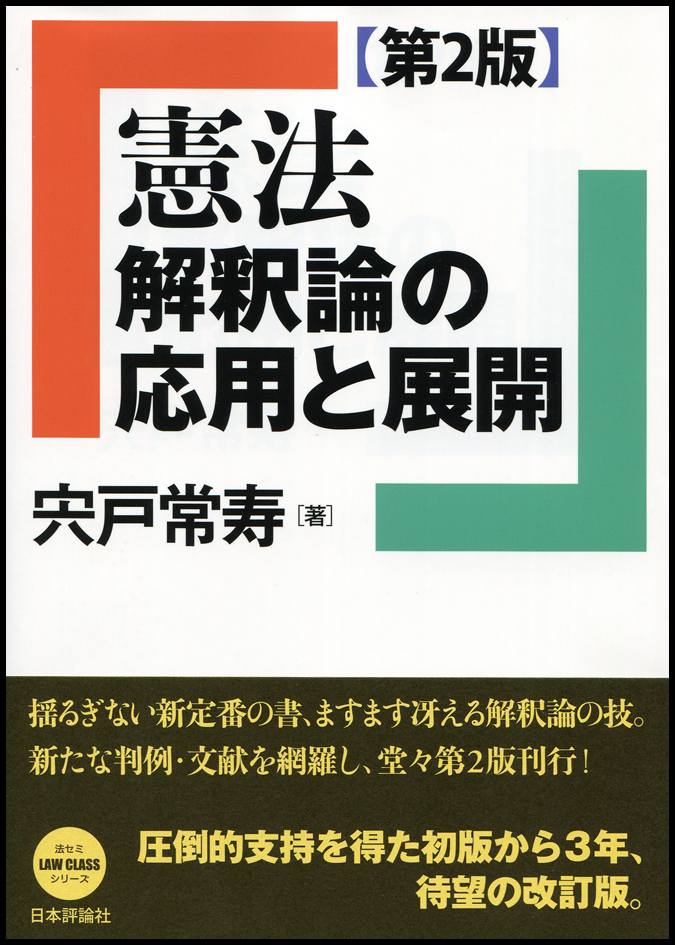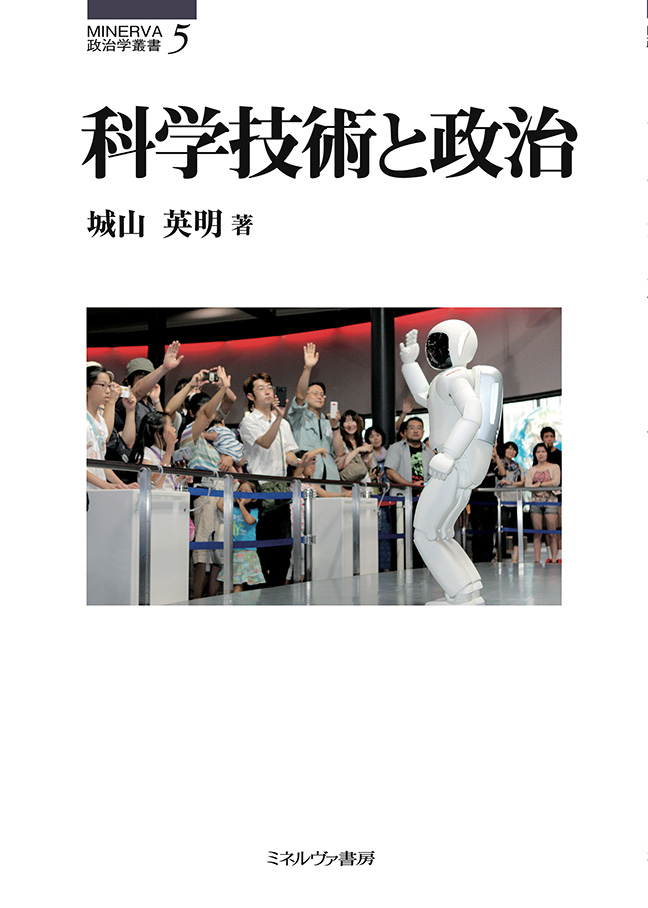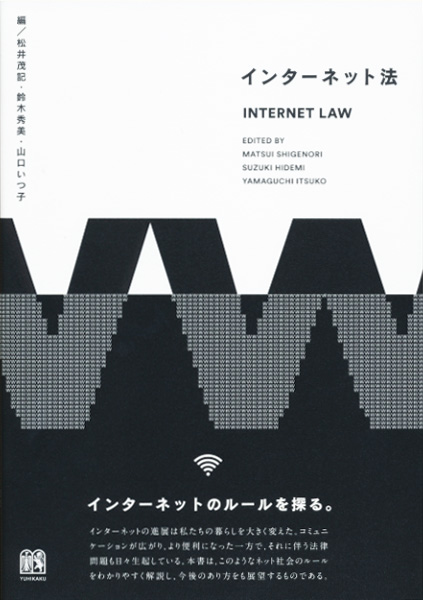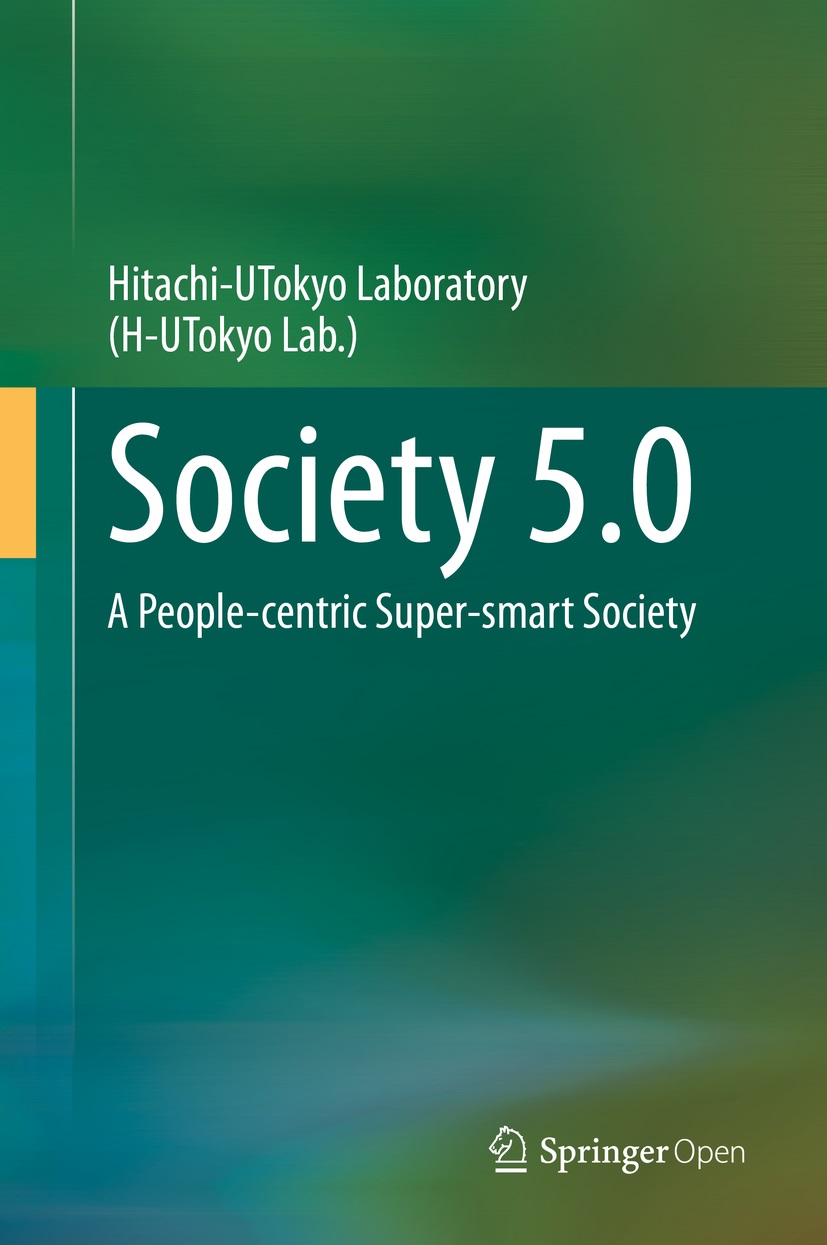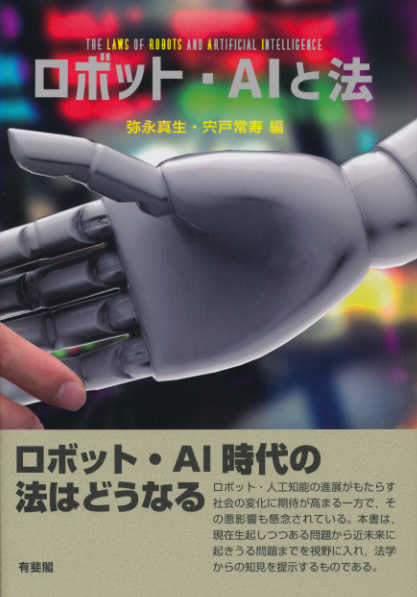
Title
Robot / AI to Ho (The Laws of Robots and Artificial Intelligence)
Size
328 pages, A5 format, softcover
Language
Japanese
Released
April, 2018
ISBN
978-4-641-12596-4
Published by
Yuhikaku Publishing
Book Info
See Book Availability at Library
Japanese Page
Not a day goes by in Japan without a report or article about robotics and artificial intelligence (AI). Why are we so interested in this topic? First, the practical applications of robotics and AI technologies, including in autonomous vehicles, are expanding. Second, the Japanese government and people must increasingly expect to use these technologies because of the country’s declining birthrate and aging population. However, some people have expressed fear and concern about robotics and AI, arguing that “robots will take jobs from humans” and “AI will threaten individual autonomy and privacy.”
The social science discourse on robotics and AI also has recently increased. In The Laws of Robots and Artificial Intelligence, 13 jurists address robotics and AI from their professional perspectives. The book offers readers an opportunity to consider current questions, such as “What legal problems do robotics and AI raise?” and “Are the existing civil, commercial, penal, and administrative legal frameworks still valid?” as well as “Why and how does the relevant jurisprudence need to take a new perspective?” All of the book’s contributors are pioneering leaders in their legal fields. They are enthusiastic about discussing the issues with experts in other legal fields and learning from disciplines outside jurisprudence, such as economics. I am honored to have had the opportunity to edit this unconventional legal book with Professor Masao Yanaga, a pioneer in transdisciplinary legal research.
Robotics and AI are understood as integral to the so-called “Society 5.0” along with IoT and big data, which suggests that their current value and practical application cannot be separated from information technologies (IT) and information communication technologies. In other words, the legal concerns about robotics and AI closely relate to IT laws. I am particularly grateful to Mr. Kensaku Fukui, a lawyer specializing in intellectual property rights, and Dr. Yoshiharu Ichikawa, a renowned researcher of competition law, for the new perspectives and information they contributed to this book. Without their contributions, the book would be less practical.
Regarding legal regulations, robotics and AI are increasingly being discussed at the global level. I wrote the outlines on domestic policy trends in Chapter 1, yet I feel overwhelmed by the rapid pace of change and diffusion of robotics/AI problems. Therefore, I stressed that the public, including jurists, legal researchers, and students, have much to learn from the experts in those technologies. Researchers focusing on robotics/AI topics and those who are involved in implementation will be relatively more interested in the law as a framework for a just society and the dialogue with jurists. The compromises will promote the healthy development of the robotics/AI field. I pointed out that “this book is both an introduction to the law as it relates to robotics/AI and a reintroduction to the law for readers with a legal background.” My statement is somewhat of a sales pitch, but I sincerely believe that it explains the significance of this book. I hope that many people read it.
(Written by SHISHIDO George, Professor, Graduate Schools for Law and Politics / 2019)



 Find a book
Find a book


 eBook
eBook